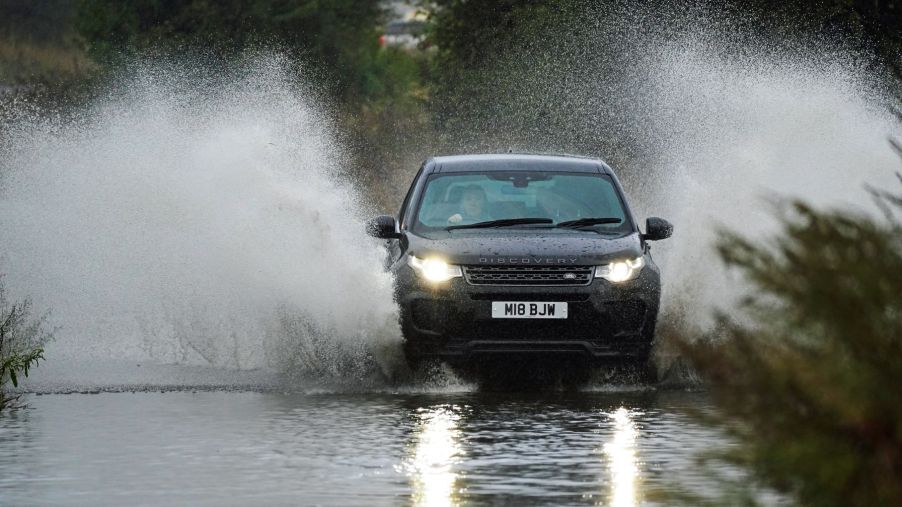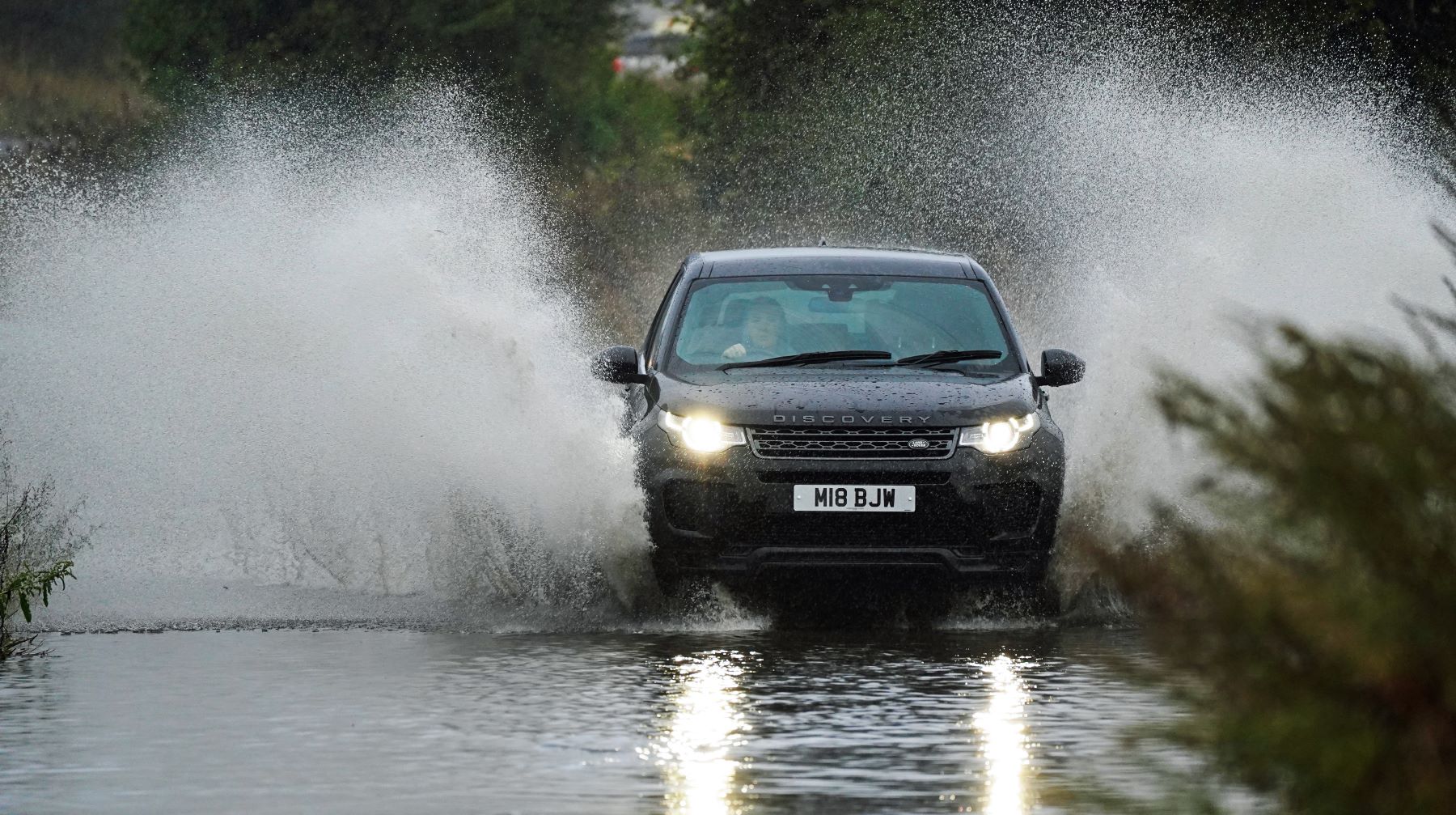
What You Should Do When Driving Through a Flooded Area?
Whether there has been steady heavy rain or a massive downpour that appeared out of nowhere, flooding is inevitable. If you are trying to go somewhere during or after a storm and the road ahead of you is flooded, there are things you should and should not do for the safety of you and your vehicle. Here are the car safety tips you need to know.
What you should do and not do when driving through a flooded area

Be cautious when driving in flooded areas. According to The AA, you should do your best to avoid standing water. If you need to get somewhere urgently, you may pass through a flooded road slowly if it is no more than 4 inches deep. If you drive through water that is higher than your rims, damage to your brakes can occur.
Do not attempt to drive quickly through flooded roads. According to Progressive, you should also not be on your telephone while driving through a flooded area unless you need to report a medical emergency to your local emergency dispatch center.
When to never drive through flooded water
Never drive through water if:
- There are barricades indicating you should not pass
- Downed power lines are in the water
- There is anything floating downstream that could crush or block your vehicle
How to tell if standing water on a road is too deep to drive through
The best way to tell if standing water on a road is too deep to drive through is to wait patiently for another vehicle to cross the road. Compare the height of your vehicle to the height of the other vehicle and gauge whether the water will flood your vehicle.
If you don’t see any vehicles crossing that are as low to the ground as your vehicle, you have three options. You can drive slowly and carefully down the center of the road, as the center of the road is the highest part of the road so that it will be the least flooded. Alternatively, you can sit and wait for the flood to recede. Finally, you can turn around to wait out the flood or find an alternative route.
What kind of damage driving through flooded roads can do to your car
There are several parts of cars that can become damaged if you drive through flooded roads. One of the most devastating things that can occur if you drive through too deep waters is engine failure. Furthermore, as previously stated, it is common for brakes to experience problems after driving through flooded roads.
How much repairs could cost
How much your repairs can cost depends on numerous factors, including the type of vehicle you drive, where you live, and the mechanical problems that result from driving through flooded roads. According to Mach1Services, it can cost between $3,00 and $8,000 to rebuild an engine depending on the type of engine being rebuilt and local labor costs. Depending on the vehicle, replacing brake pads and rotors may cost you between $600 and $1,200.


